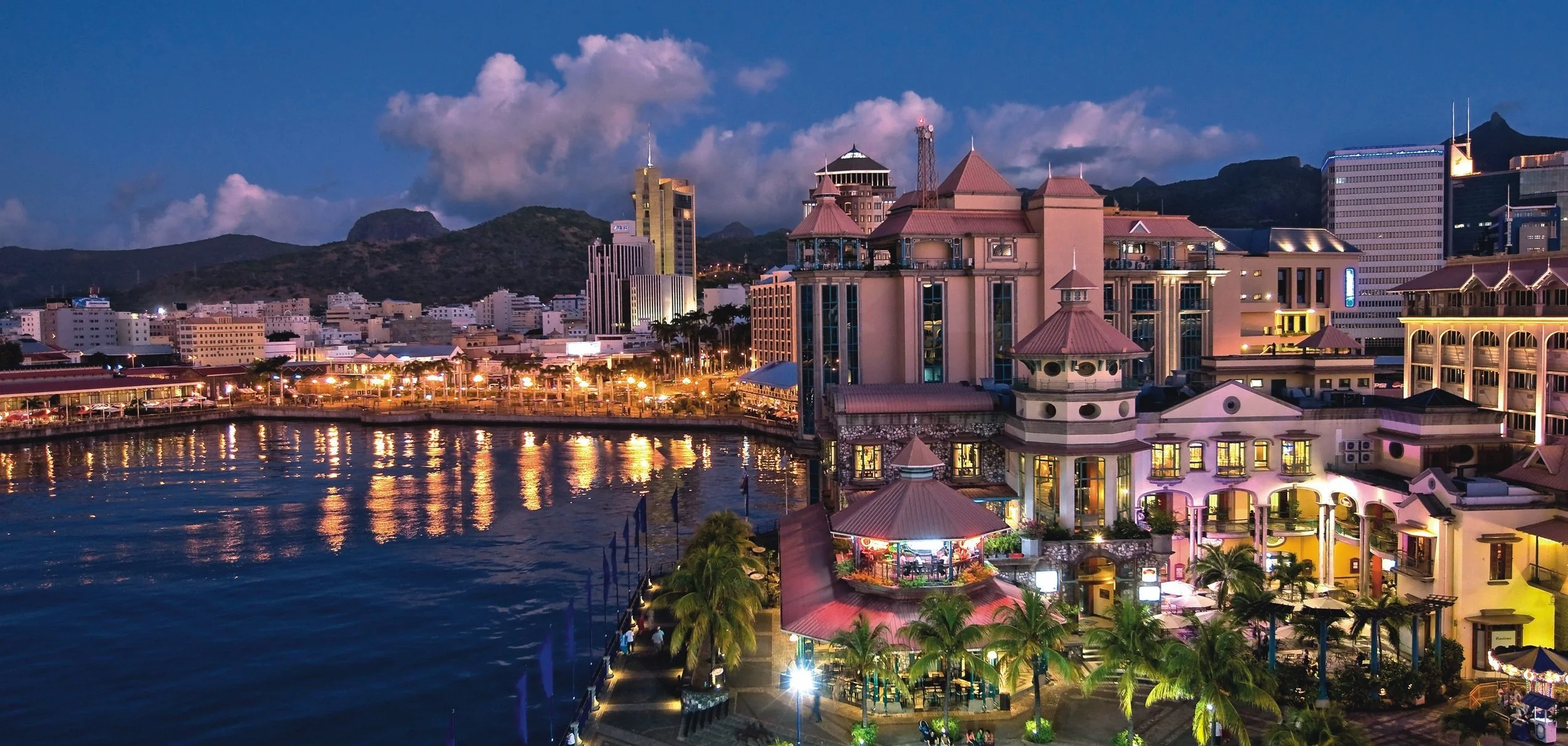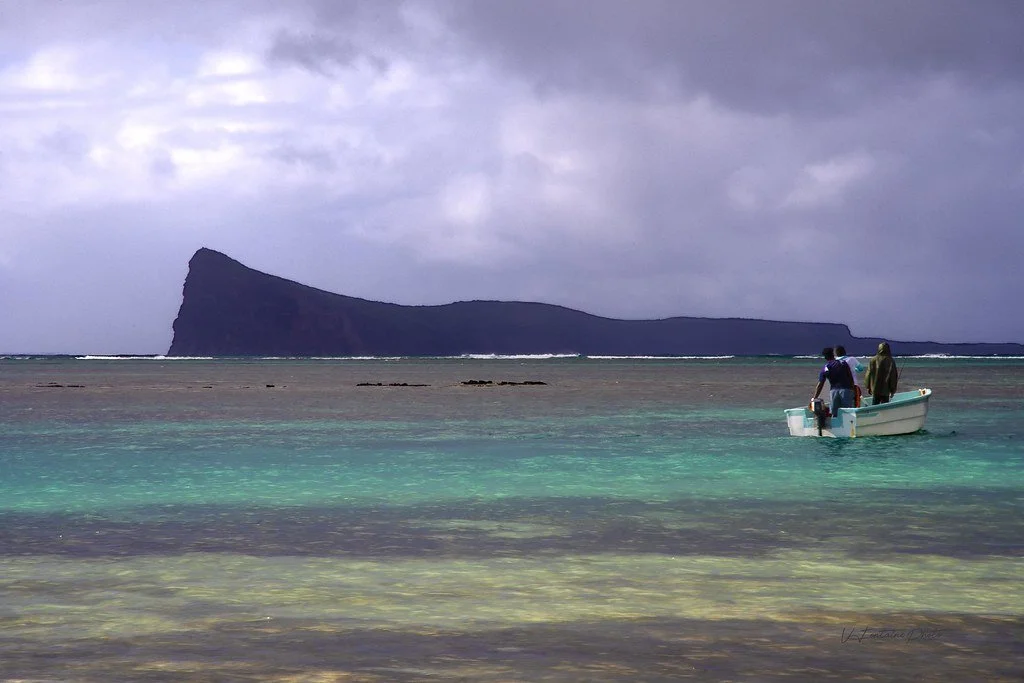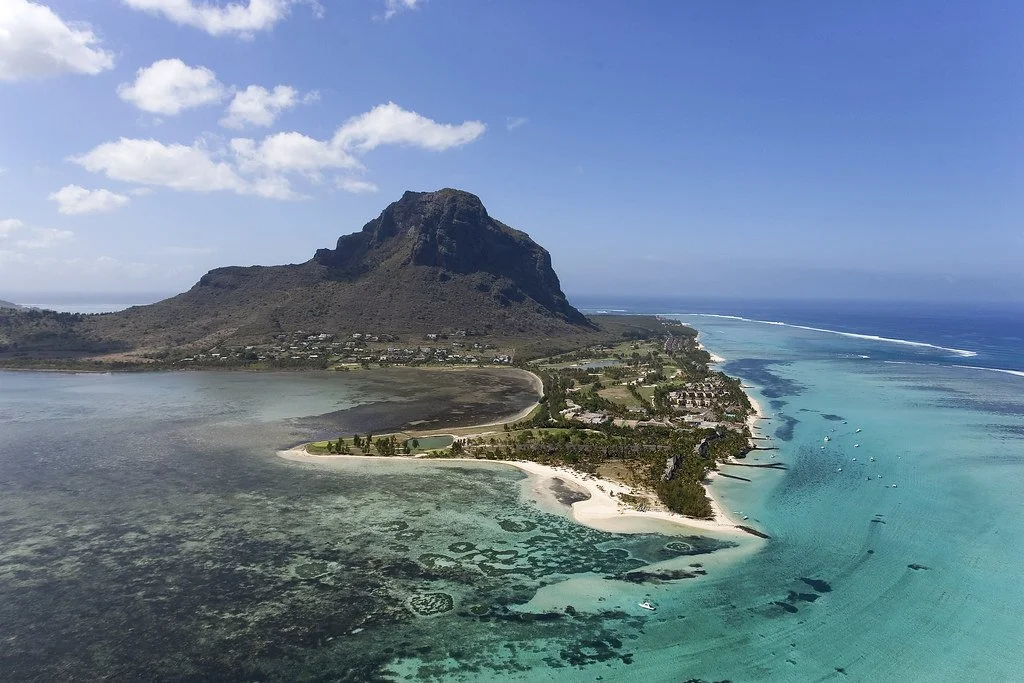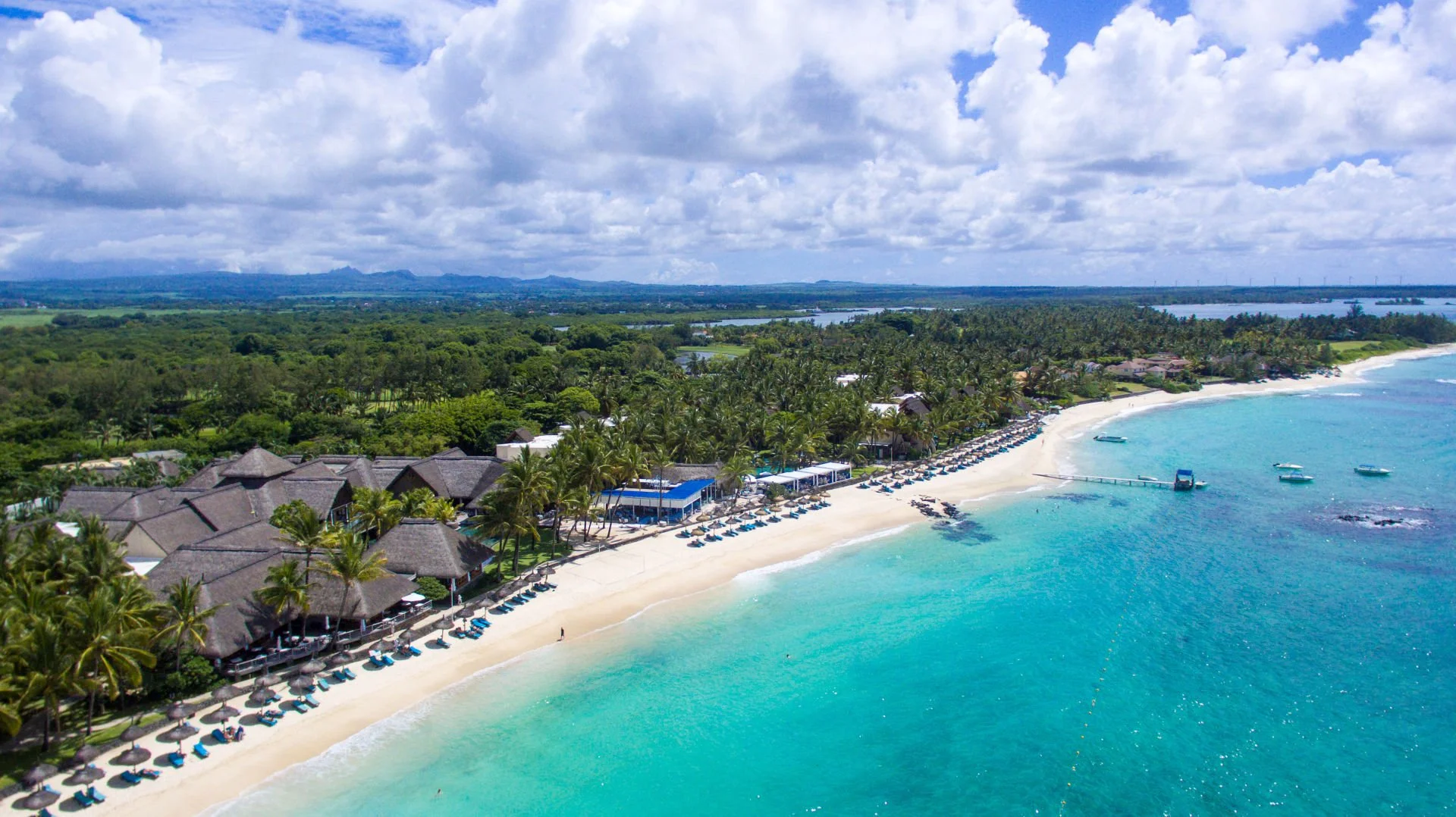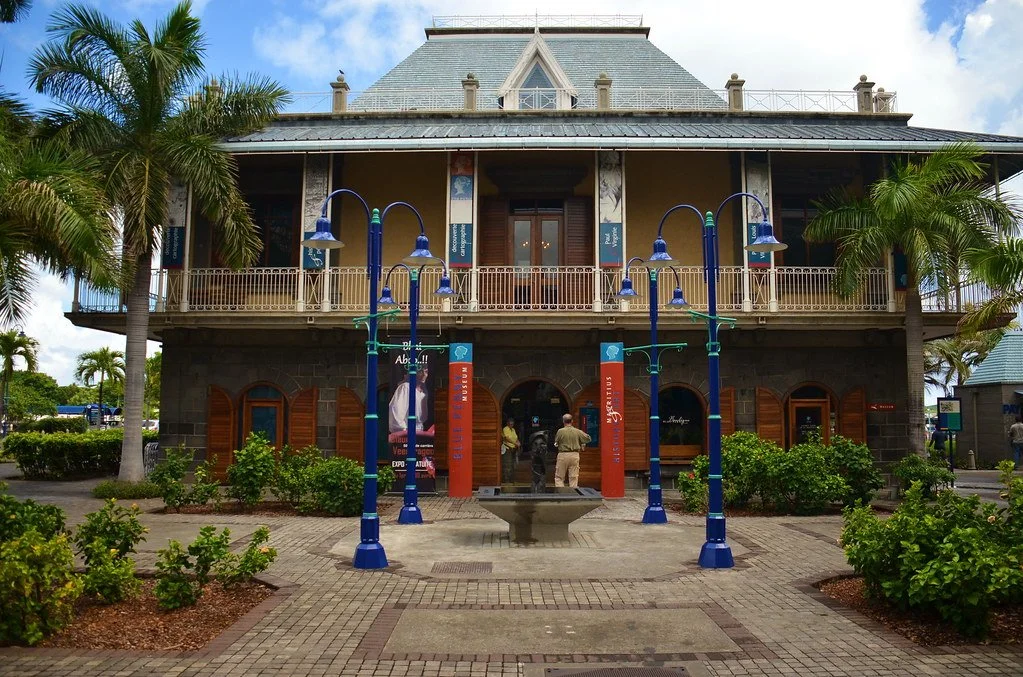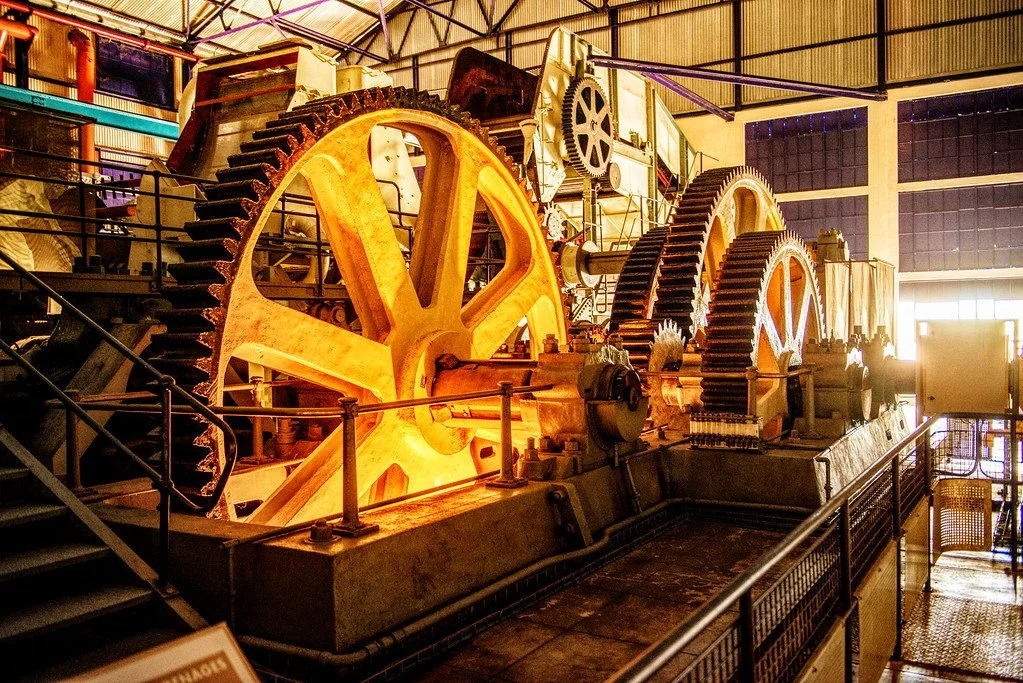This tiny island nation in Africa offers destinations exploring its complex colonial history, stunning beaches and unique outdoor adventures
The marina at Mauritus’s capital city, Port Louis. CC BY-NC 4.0
Located in the Indian Ocean off the eastern coast of Africa, Mauritius is an island nation with picturesque beaches, national parks spanning its mountainous interior, and a complex history. While the island itself is only 788 square miles, equivalent to the size of Maui, Hawaii, the country offers opportunities to enjoy stunning landscapes while providing ample opportunities to learn about its culture and history.
Before being colonized by the Dutch in the 17th century, Mauritius was initially discovered by the Astronesians. After its initial colonization by the Dutch, Mauritius was under French and British rule until finally gaining independence in 1968. As is often the case, there are various cultural influences in the nation, with the Mauritian society recognizing its ancestors to be European and Asian settlers, Indian Immigrants and African slaves.
Adventure
Coin de Mire island in the distance, surrounded by blue waters and reefs. CC BY-NC 2.0
Accessible by boat, Coin de Mire is an island off Mauritius' north coast renowned for its wreck diving. Beneath the crystal waters there are five total sites surrounding the area, but the most famous is the 144-foot-long Djadeba shipwreck, which sank in 1967. At 82 feet deep, the dive to the sunken Japanese Fishing boat is recommended for advanced divers. Covered in a variety of corals, the wreck is home to a plethora of aquatic life, from octopus hiding out in the ship to tuna and moray circling about it.
For beginner divers the Emma and Waterlily wrecks are equally thrilling, with an abundance of wildlife from various species of corals to vibrant nudibranchs. The wrecks are quite close to each other and can be done in the same dive. Both the shallower depths and the ships construction themselves make it easy to explore and glide about between the two sites.
Back on land, the Seven Colored Earths of Chamarel are a small section of the Chamarel Seven Colored Earth Geopark. While the sharply variegated dunes are the main attraction here, there is a large forest surrounding them, making the dunes a perfect destination along an 8.7 mile hike that starts and ends on the Coastal Road La Gaulette and makes its way through the Black River Gorges National Park as well.
Beaches
Le Morne Beach
Aerial view of Le Morne Peninsula. CC BY-NC 2.0
At the foot of Le Morne Brabant Mountain, Le Morne Beach is a white coral sand beach spanning the southwestern tip of Mauritius. Along with being stunning, the beach is a UNESCO world heritage site. For those not content with simply sunbathing in swimming in the clear turquoise waters, the region is a prime spot for kitesurfing, especially from April to November when the trade winds are consistent.
Belle Mare Beach
The coastline of Belle Mare beach. CC BY-NC 4.0
On the east coast of the island, the Belle Mare spans six miles and boats crystal clear waters, perfect for snorkeling within the various coral reefs. Meaning “beautiful sea,” the region maintains a tropical climate year round, making it a popular destination for tourists looking for an idyllic beach getaway. Additionally, the nearby town of Mahebourg is home to a weekly market offering traditional goods as well as fresh produce.
Museums
Blue Penny Museum
The Blue Penny Museum, located in Port Louis. CC BY-NC-SA 2.0
Located in the capital city of Port Louis, Blue Penny Museum is an art and history museum exclusively dedicated to the nation. The Museum features rooms exploring the world of navigation, the island’s colonial history, Mauritius’s postal service, and an exhibit to French Author Jacques-Henri Bernardin de Saint-Pierre. The museum is open from 10 a.m. to 5 p.m. Monday through Saturday and costs about $3 for non resident adults.
L’aventure du Sucre (The Sugar Museum)
Inside the restored sugar factory at L’aventure du Sucre. CC BY-NC 2.0
As a pillar to the Mauritian economy, the sugar cane industry is explored in this museum which is housed in a former sugar factory. L’aventure du Sucre is an eco-museum featuring an educational trail and various interactive areas that aim to educate visitors about the importance of the industry in shaping Mauritius. The museum also has a restaurant, Le Fangourin, which emphasizes on site preparation, local ingredients and vegetarian dishes. The museum is open Monday to Saturday from 10 a.m. to 4 p.m. and costs about $8.50; the restaurant is open Monday to Saturday from 10 a.m. to 4:30 p.m..
While Mauritius is renowned as a luxury destination, don’t let this impression prevent you from enjoying a breathtaking experience. Visiting the country in the low season from May to September can be one way to save, and utilizing the country's public bus system is another way to navigate the island without splurging. Additionally, although luxury hotels, such as LUX Le Morne can cost a minimum of about $500 a night, hotel accommodations such as Sunrise Attitude can cost less than $200 a night.
Nicola Degregorio
Nicola is studying English Literature at George Washington University, where she also reports for the student newspaper, The Hatchet. Nicola's passion for literature and writing has sparked an interest in exploring the broader context surrounding written texts. Researching and writing for Catalyst Planet allows her to investigate nuanced issues that intersect with her interests in art history, culinary practices, and cultural traditions.

